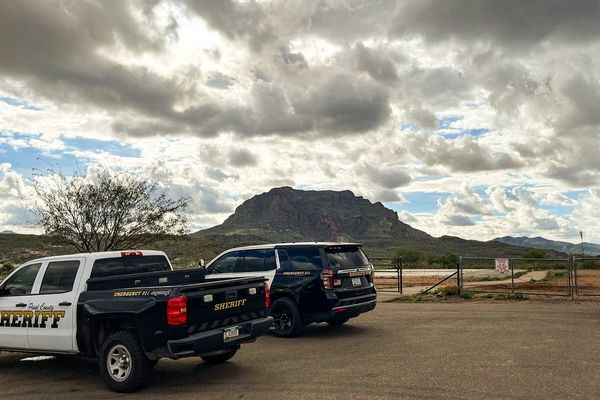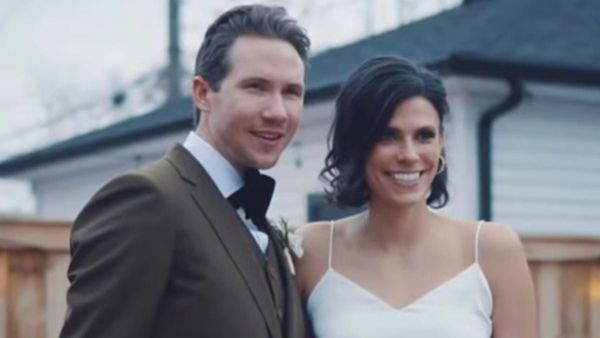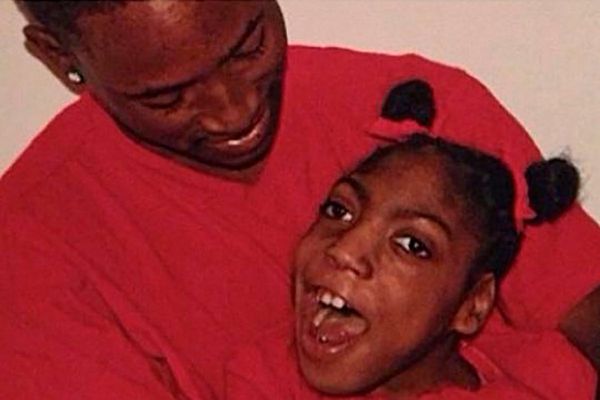
In 1985, the Rainbow Warrior, a Greenpeace ship involved in protests against nuclear testing in the Pacific, sank when it was docked in Auckland, New Zealand. Police and even some crew members initially suspected that something had gone wrong with the boat, but it soon became clear that this was no accident. Over three parts, the gripping Murder in the Pacific tells the story of what happened that night, and what came next. “We’d never had a case like that,” says detective Chris Martin, who was 25 when he received the call to work on the investigation.
Despite much of the story taking place almost 40 years ago, this tangled tale of nuclear weapons, geopolitical coverups and attempts to take action against impending environmental collapse is about as current as it is possible to get. With the Doomsday Clock moving closer to midnight, the idea of watching politicians argue that nuclear weapons act as a peacekeeping deterrent may be galling. But alongside the tragedy, both individual and on an international scale, this is a fascinating, pacy history with all the markings of a thriller.
It begins by setting up the world of Greenpeace in the 80s and describing its anti-nuclear mission. Bunny McDiarmid was a deck hand who joined Greenpeace while travelling around the US in her 20s. She describes how boats each have a personality, right down to the smells. “She was a really lovely ship,” she remembers of the Rainbow Warrior. Peter Willcox was the skipper. “You couldn’t find a better boat to send a bunch of crazy hippies out on the ocean,” he recalls.

Both describe the legacy of decades of nuclear testing in the Pacific, by the Americans and later the French. There is surely some deliberate ambiguity to the documentary title, which refers to the death of the photographer Fernando Pereira on the ship, but arguably to those gravely affected by radioactive contamination in the region, too. Willcox and McDiarmid discuss their role in moving islanders, whose ancestral land on the coral atoll of Rongelap was contaminated by nuclear fallout, to another atoll, after years of suffering from the effects of US nuclear testing. Greenpeace agreed to move, and publicise the plight of, 350 people, along with their housing. “That’s a huge operation,” says Willcox, with some understatement. Pereira was there to photograph it and tell the world what was going on.
Director Chloe Campbell has marshalled many of the key players in this saga. As well as those on the Rainbow Warrior, and the police investigating the attack on the ship, there are politicians who present other layers to the story. Sir Malcolm Rifkind, then a Foreign Office minister, argues that Greenpeace’s action could have benefited the Kremlin, suggesting that there could have been a Soviet stooge involved, though he does not know who. Pierre Joxe, the French minister of the interior, argues that nuclear weapons are good for peace. (This feels like a less steady-handed assertion today, as the conflict in Ukraine grinds on.) Lord Heseltine, secretary of state for defence at the time, talks of the “essential” nature of nuclear deterrents back then, due to threats from the USSR. He says that while there was some agreement that Greenpeace had legitimate concerns, its tactics were less palatable to those in power.
After Rongelap, these tactics went up another level. According to McDiarmid, the activists’ plan was to stop France testing in French Polynesia by turning themselves into a human shield. They would go into territorial waters, without permission, and get so close to the testing site that the French wouldn’t dare drop bombs, all the while taking photographs of what was going on. This was a military site, but the activists were optimistic, holding a party on the Rainbow Warrior, certain they were ready to “go out and change the world”.
History had other ideas. On the night of the party, the ship was rocked by two explosions and Willcox describes watching from the dock as the boat sank, in 40 seconds. This is the first episode of three, and it races through the lead-up to the attack, and the immediate aftermath. It ends on a cliffhanger, which is quite a feat in a film about relatively recent history that many will remember. But this is a very well-made series that taps into historical fears as well as present-day ones, and whenever documentaries are made about eco-activists in an earlier time, you can’t help but feel despair at the fact that these people were ringing the alarm when we were a little less close to the point of no return.
Murder in the Pacific was shown on BBC Two and is now on iPlayer







